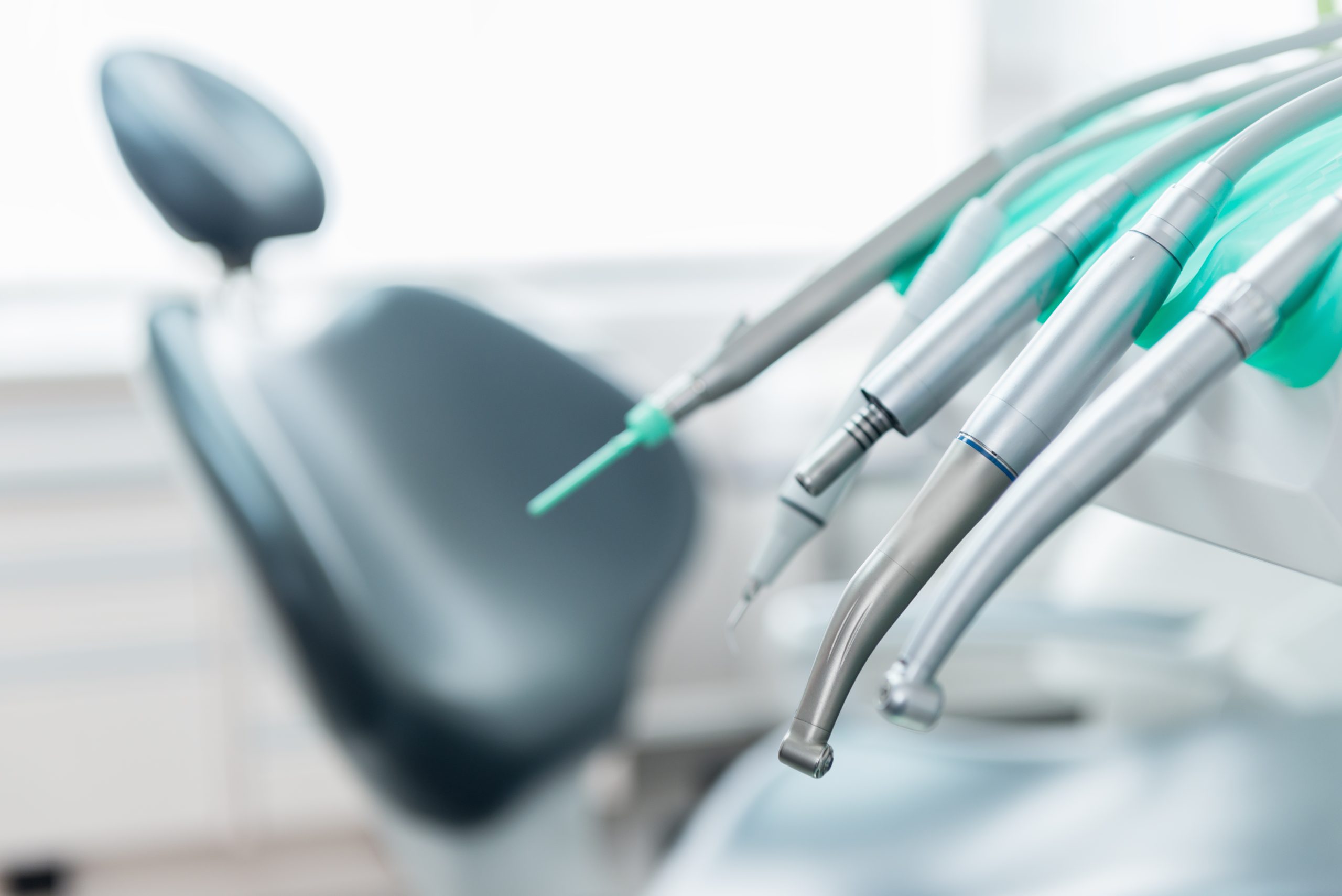Without testing dental unit waterlines (DUWLs), there is no way to know if the water is safe or if your current water treatments are effective. These unknowns could potentially expose your staff and patients to contaminated water. Understanding why routine DUWLs testing is considered the standard of care and the difference between waterline tests is important when implementing a water management program. In part two of our water series blog we will discuss DUWL chairside testing options, testing techniques, and examine possible causes for failed tests.
Are Your Dental Unit Waterlines (DUWLs) Safe?
Can we see or identify bacteria from DUWLs with our naked eyes? That’s a very simple, “no.” So, if we can’t see bacteria the only way to know if bacteria is present in dental water is to test for it. Survey results from the JADA publication “Dental unit waterline infection control practice and knowledge gaps,” indicated that 23% of dental staff reported testing waterlines weekly, monthly, and after the installation of new dental equipment. Quarterly testing is performed in 28% of the survey participants. Waterline testing should be performed even if the dental office is utilizing a dental waterline maintenance treatment product. The U.S. Centers for Disease Control and Prevention (CDC), American Dental Association (ADA) and Association for Dental Safety (ADS) align with the current EPA standard for potable water of <500 CFU/mL of microbial contamination as the minimum standard of practice for dental unit waterlines.
Common DUWL Myths:
- “Good” water is free from bacteria
- Fact: “good” water is NOT free from bacteria but rather has bacterial counts that meet current potable water standards. This is why surgical dental procedures require the use of sterile water
- Purging DUWLs removes biofilm/bacteria or lowers the risk of high bacterial counts
- Fact: biofilm is sticky and the slow-flow rate of water through dental waterlines does not disturb the biofilm or inhibit bacterial growth formation
- Using a waterline maintenance treatment product eliminates the need for routine DUWL testing
- Fact: routine testing is the only way to know if the current waterline maintenance product is being used properly as per the instruction for use (IFU) and the product is, in fact, performing as it should
Two Types of DUWL Tests: In-Office or Mail-In
Currently there are two types of DUWLs tests available for use in dental practices; in-office or mail-in. Survey results from the JADA publication showed that of those currently testing, 45% utilize mail-in and 55% use in-office as the preferred method of testing. It is critical to note that that each type of test has their advantages; however, to create holistic approach to your water management program it is recommended that both types of tests be used. For example, HuFriedyGroup strongly recommends using the mail-in test at least once per year on each line to understand your exact CFU count and use the in-office testing quarterly, to ensure continued compliance with current standards. In this blog we will highlight two products that HuFriedyGroup currently offers for water testing.
24-Hour In-Office Dental Waterline Test Kit:
- Easily identifies water that exceeds 500 CFU/mL by color change results (Qualitative)
- Water sample in vial is neutralized to stop the action of antimicrobials that may have been used to treat waterlines
- Simply fill, seal, shake, and store water sample at room temperature
- Check water sample in 24-hours for any color changes
Dental Waterline Test Kit, HPC Lab Test:
- Utilizes a third-party lab
- Kit includes vials, ice pack, instructions, insulated mailer, and printable pre-paid shipping
- Provides an exact CFU/mL count rather than a pass/fail indication (Quantitative)
- Water sample in vial is neutralized to stop the action of antimicrobials that may have been used to treat waterlines
- Includes the support of HuFriedyGroup GreenLight Dental Compliance Center portal to view, track and monitor dental waterline testing results
Water Sample Collection for Testing: Two Options
When collecting water samples for testing, there are two options available. There are advantages and disadvantages to each collection method. While it is recommended that each line connected to water on the unit be tested individually periodically, it can be costly.
- Single-line testing: one test per line (not per operatory)
- Combined sample testing (pooling): all the lines from one operatory/one unit for one single test. Pooling waterlines is a cost-effective testing method that gathers equal amounts of water from each waterline (no more than 10 lines) from one operatory. Nonetheless, this technique could dilute the sample and result in a passing test. For example, if one of the multiple lines tested has a microbial level higher than 500 CFU/mL but the other waterlines have passing microbial levels then there is a good probability that the sample will likely pass the test. This would provide the office with a false sense of security that their unit is passing, when in reality, one line is failing. In contrast, testing each waterline allows the dental practice to identify if specific lines exceed 500 CFU/mL.
Whichever DUWL test and sampling method option is selected, it is imperative that selected test method IFUs are followed to eliminate the risk of a compromised waterline test.
Frequent Reasons Waterline Tests Fail
We don’t live in a perfect world; waterline tests fail sometimes. Approximately 40% of survey participants reported to JADA having failed a waterline test and 16% are unsure. Here are frequent reasons that water line tests fail:
- Lack or misuse of a germicidal waterline treatment
- Failure to follow product IFUs
- Improper water sample collection
- Improper sample preparation
- Improper storage between sample collection carrier pick-up and/or shipping
- Dead Legs – areas of waterline tubing where stagnant water collects and the germicidal or shock treatments fail to reach; allowing bacteria to continuously re-contaminate the water system.
The waterlines in your dental practice should be tested regularly, but the frequency of testing will depend on product IFUs, current office testing protocols, testing failures and state/local requirements. The ADS has created a comprehensive guideline with testing intervals for DUWLs. It is recommended that after the initial installation of equipment or establishment of a treatment protocol (treatment protocols will be discussed in further detail in the third article of our water series blog) that waterline testing be completed monthly. Once the waterlines have successfully passed DUWL testing for two consecutive months then waterline testing should be performed every three months.
As with everything that we do in dental practices, maintaining accurate records is an important step that should not be overlooked. Documentation is needed for all DUWL testing, remediation, retesting, and waterline maintenance.
Remember, bacteria can’t be seen with the naked eye so without testing DUWLs there is no way to know if the water in dental offices is “safe.” The key to a successful testing protocol is to understand the product IFU’s before testing, use a testing method that stops the germicide from preventing the growth of bacteria in the test, remediate and/or retest as needed, start or continue use of waterline maintenance treatment, document, and educate.
Stay tuned for the next installment of our water series blog where we will dive further into remediating failed DUWL tests and the importance of documentation as part of a successful water management protocol.
Melissa Van Witzenburg, MS, RDH
Melissa has been practicing dental hygiene for 23 years. She continues to pursue her passion by educating the aging population about oral health and systemic links. Melissa also works clinically in a periodontal office in the Chicagoland area.





You must be logged in to post a comment.